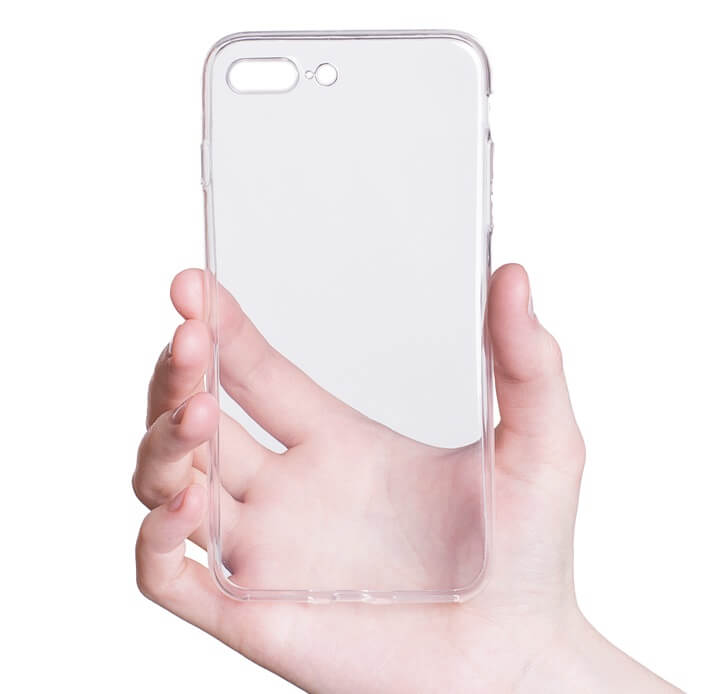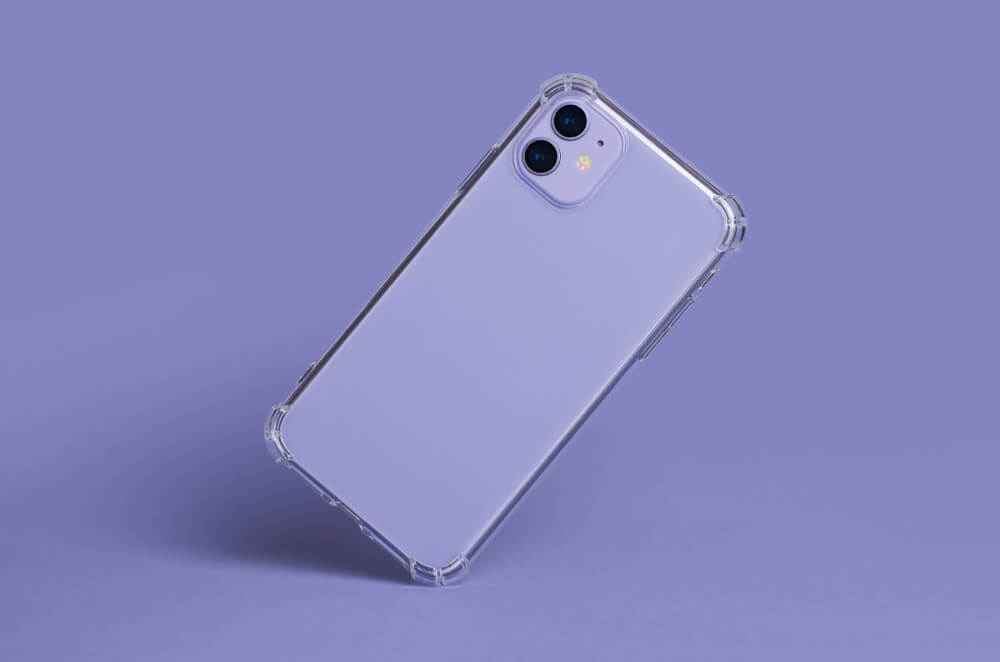We always have a range of choices when it comes to the best material phone cases available on the market. There are so many different types of phone cases with various shapes, sizes, colors, and textures that you can be unsure which one to choose from. Along with that, you’re looking for phone covers with additional features like ease of use and security for your phone, but we’re all uncertain about the content of mobile cases. There have been a number of materials available, each with its own set of pros and cons. Silicone, plastic, rubber, TPU materials, and leather are some of the most commonly used materials used in cases.

Plastic
Plastic phone cases are the most used material for phone case. It can be found all over the place. It is the most affordable and practical cell phone case. The toughest plastics used to make mobile phone covers were polycarbonate or polystyrene. Such plastics are also so durable that they’re used to make bullet-proof glass.
As a result, these plastics keep your phone secure. The plastic material has the benefit of ensuring protective, rugged, and shockproof phone cases. When opposed to those other materials used to make smartphone covers, they can get them for quite a low price. Plastic is easy to clean.
The biggest drawback of plastic materials is that they can smell terrible after a few days of use and are often damaged.
Silicone
Silicone is often a distant relative to standard plastic. is an extremely useful substance in cases and even beyond, made from solvent bases as well as the component silicon. The silicone becomes stronger and more versatile than most other plastics, and it’s also a great safety mechanism.
The silicone phone cases give devices a distinctive appearance, and their texture makes it simple to add an extract from a phone.
The benefits of these cases are they really low-cost. With a wide range of interesting shades and designs accessible, silicone’s fleshy nature makes it perfectly simple to grip.
The drawbacks include a hold-up well over time, collecting fuzz, fur, and dust. The snug-fitting finish makes it difficult to fit into a bag. Most cases have a tendency to fall off of computers.
Polycarbonate (PC)
Polycarbonate cases are a commodity you like in your control when it comes to strong tensile strength. This indistinct fiberglass is used in the manufacture of a wide range of products, like polarized glasses, armored plating, cassette tapes, scrap metal, and medical equipment, to mention a few.
Polycarbonate has a long-range of advantages, make when it relates to phone safety.
PC phone covers are therefore rugged and robust, but also adaptable, weatherproof, and cost-effective. PC phone covers are not fully texture, despite the fact that polycarbonate is admired for its good impact strength.
Which Is Better Silicone or Polycarbonate?
Silicone phone cases are lighter in the grip than that of the other styles, and they have a unique feel and security level. The acrylic silicon wraps across the mobile like such a skin, but a silicon case, like a skin, cannot completely protect your device from incidents or spills but will expand through heavy usage over distance.
Some cases have a soft silicon inner case as well as a rigid plastic external case, providing double layer protection. Silicon is often used to make keyboard covers for smartphones with the classic Blueberry design.
On the other hand, the toughest plastic material used to produce mobile phone covers is polycarbonates. We all have different choices when it comes to choosing smartphone cases from the market.
There are so many different types of mobile cases with different shapes, sizes, colors, and textures that you can be unsure which one to choose, even though you prefer the case’s design and affordable price.
You may want a smartphone cover with additional features like ease of use and security for the phone, for example. Polycarbonate is a strong, reliable, and compact plastic material that offers optimum protection from drops. The material is ideal for a number of strong goods due to its hardness.
So, it totally depends on your choice and what specifications you are looking for in your phone case.

Are Plastic Phone Cases Good?
When impacted strongly sufficiently, plastic, particularly heavier plastics, has a propensity to break or chip. That isn’t entirely a bad thing in such a situation, though. The gap in the average surface thermal insulation implies the plastic case has just given up its life for sake of the valuable phone.
Plastic phone cases are typically slightly larger and slimmer than silicone cases, which are typically single, flat styles.
Plastic cases come in a wider range of styles, from wrinkly cases that combine several forms of plastic to much more subtle but distinctive designs.
These phone cases are:
- More Affordable
- Grip Lightweight
- Waterproof
- Easy to customize or decorate
- Offers simple, limited security
Which Phone Case Offers the Best Protection?
It makes sense to use a phone case. These provide some weather protection, keep phones clean, and therefore can protect against things like rain or mist. We’ve thrown three different styles of phone covers into the mix.
Plastic: Plastic is a type of material that can be used While complete safety is not feasible, the phone would be protected from all but the most severe impact incidents if it is made of plastic.
Silicone: They look softer throughout your palm than that of the other materials and have a unique feel and level of security.
Rubber: Rubber covers, at their thickest, have the most extensive weather protection as well as force. However, rubber covers bring added weight to the handset, that you might not find attractive.
How Much Should You Pay for A Phone Case?
Some companies will charge you a large amount of money, whereas others will sell their items at a low price. We see it very often with phone events. Two identical cases (with the exception of brand identity) have such a price gap of over 300 percent. The price range of the phone cases mainly varies from $15 to $100.
